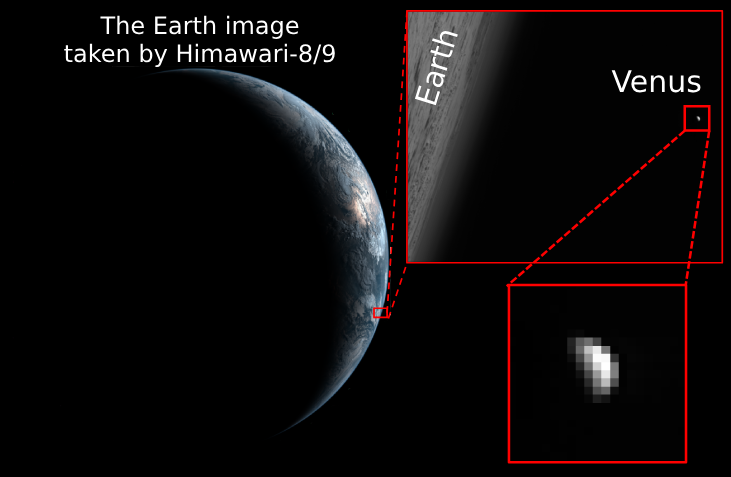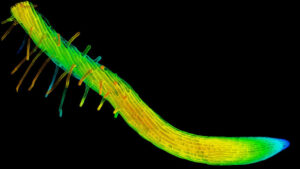
Imaging data from Japan’s Himawari-8 and -9 meteorological satellites have been successfully utilized to monitor temporal changes in Venus’ cloud-top temperature, revealing previously unseen patterns in the temperature structure of various atmospheric waves. This groundbreaking study, led by the University of Tokyo, compiled infrared images from 2015 to 2025 to estimate brightness temperatures over different time scales. The findings demonstrate that meteorological satellites can serve as additional tools to observe the Venusian atmosphere from space, complementing future planetary missions and ground-based telescopes.
The Himawari-8 and -9 satellites, launched in 2014 and 2016 respectively, were originally developed to monitor global atmospheric phenomena using their multispectral Advanced Himawari Imagers (AHIs). The University of Tokyo team, led by visiting researcher Gaku Nishiyama, identified the potential to use this cutting-edge sensor data for spaceborne observations of Venus, which is occasionally captured by the AHIs near the Earth’s rim.
Unlocking Venusian Atmospheric Mysteries
Understanding temporal temperature variations in the cloud tops of Venus is crucial for comprehending its atmospheric dynamics, including phenomena such as thermal tides and planetary-scale waves. However, obtaining data for these phenomena presents multiple challenges. Nishiyama explained,
“The atmosphere of Venus has been known to exhibit year-scale variations in reflectance and wind speed; however, no planetary mission has succeeded in continuous observation for longer than 10 years due to their mission lifetimes.”
Ground-based observations, while valuable, face limitations due to Earth’s atmosphere and sunlight during the daytime.
Meteorological satellites, on the other hand, appear well-suited to fill this gap with their extended mission lifetimes. The Himawari-8 and -9 satellites are scheduled for operation until 2029, offering multiband infrared coverage essential for retrieving temperature information from different altitudes. This capability, along with low-noise and frequent observation, positions them as valuable assets for Venusian studies.
Data Collection and Analysis
The research team first established a data archive by extracting all Venus images from the collected AHI datasets, identifying 437 occurrences in total. By accounting for background noise and the apparent size of Venus in the captured images, they tracked temporal variations in cloud-top temperature during periods when the geostationary satellite, Venus, and Earth aligned.
The retrieved temporal variations in brightness temperatures were analyzed on both year and day scales and compared across all infrared bands to investigate the variability of thermal tides and planetary-scale waves. The study confirmed variations in thermal tide amplitude and changes in the amplitude of planetary waves, which appeared to decrease with altitude. While definitive conclusions on the physics behind these variations were challenging due to the limited temporal resolution of the AHI data, the variations in thermal tide amplitude seemed possibly linked to decadal changes in the Venusian atmosphere.
Implications for Future Planetary Science
In addition to successfully applying the Himawari data to planetary observations, the team identified calibration discrepancies in data from previous planetary missions. Nishiyama is already looking beyond Venus, considering the broader implications of the study.
“I think that our novel approach in this study successfully opened a new avenue for long-term and multiband monitoring of solar system bodies. This includes the moon and Mercury, which I also study at present,”
he said.
The prospect of accessing a range of geometric conditions untethered from the limitations of ground-based observations is an exciting one. “We hope this study will enable us to assess physical and compositional properties, as well as atmospheric dynamics, and contribute to our further understanding of planetary evolution in general,” Nishiyama added.
As the scientific community anticipates the next wave of planetary missions, the insights gleaned from the Himawari satellites underscore the potential of meteorological satellites in advancing our understanding of planetary atmospheres. The study not only highlights the innovative use of existing technology but also sets the stage for future explorations of Venus and other celestial bodies.






